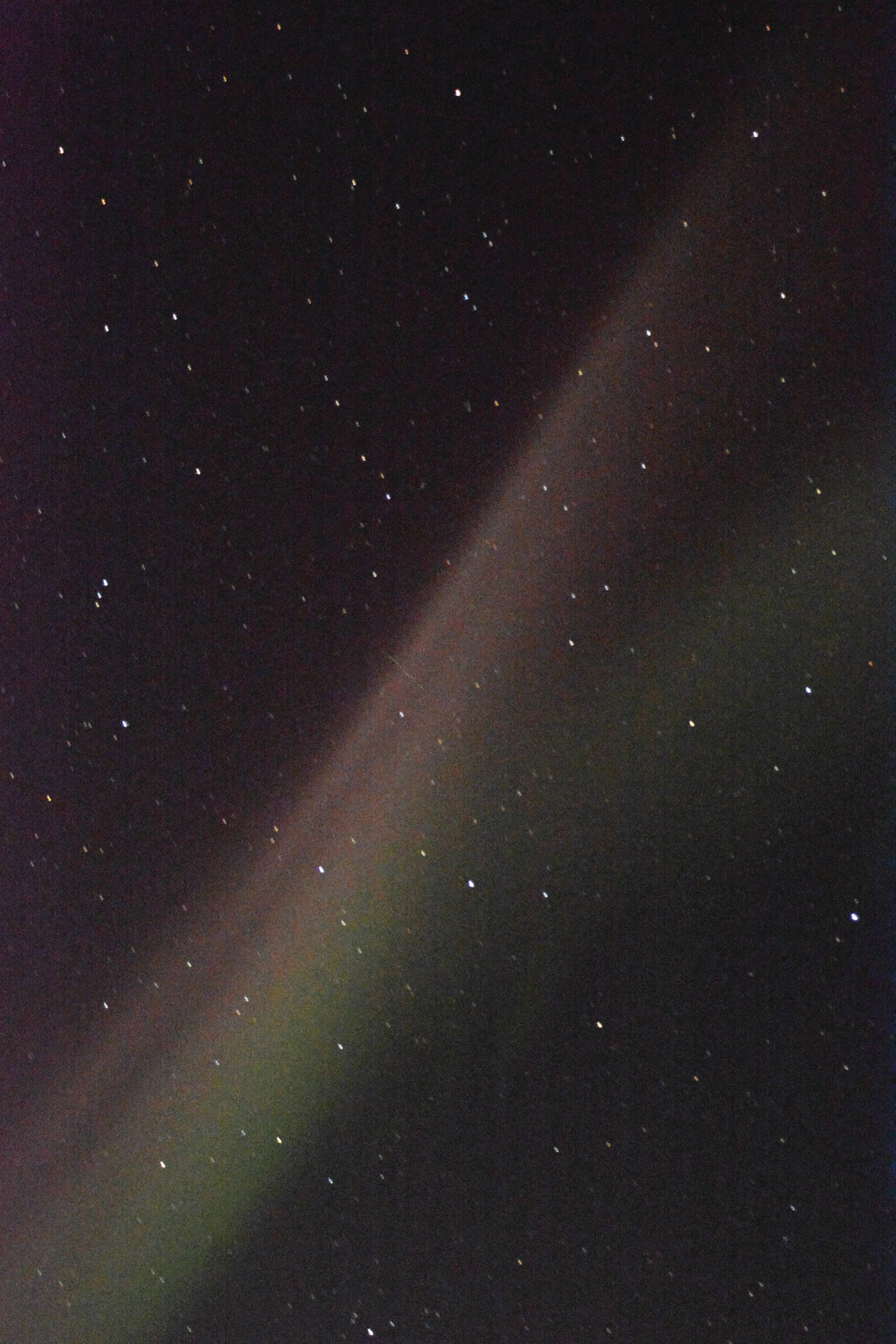In the long haul toward spring, even though winter might be hanging on with all its might, light and warmth persevere. It’s a matter of physics. The days get longer. The sun rises higher. The northern hemisphere collects more warmth. Slowly, deliberately, all that heat builds up and, shazam, things start to melt quickly.
A week ago we might have thought winter would never come.Then like everything in Alaska, a warm front rolled out of nowhere and the temperatures soared into the low 50s. That’s summer for us. Our moods soared, too, even though the snow started to turn to mush. Never mind — we got some great winter sports in this year.
It’s hard to keep a good state down. The sandhill cranes returned right on time. Mother Earth has your back, so show her some love today for Earth Day. Pick up some trash. Ride your bike to work. Take your recycling to the dump. Thing of ways to make this planet better, and then reward yourself with these Best Bets:
BEST ONE STROKE AT A TIME: Chinese painting is one of those things that looks easy but requires discipline and practice — and the guiding hand of a teacher. Grasshopper, when you are ready to release that brush stroke, the image will appear. Learn about the art with “Chinese Painting: Day Lilies,” taught by Sharlene Cline from 5:30-8:30 p.m. Friday at the Homer Council on the Arts. Learn how to paint day lilies in Chinese brush painting through expressive brush strokes, brush loading, and color mixing. All levels are welcomed. Supplies provided. The class is $50 for HCOA members and $60 for nonmembers. Enroll at www.homerart.org or call 907-235-4288.
BEST MARINER PRIDE: Spring sports are in full swing. Baseball, softball, track and field, and soccer are all going on. Show some Mariner pride and get out and support your local Homer High School teams. Starting at 3 p.m. today it’s varsity and junior varsity soccer at home. The action continues at 10 a.m. Saturday.
On Friday, the Mariners host the Homer Invite for track and field at 3 p.m. Then at 10 a.m. Saturday there’s more action.
Softball action starts at 6 p.m. Tuesday with the Mariner girls vs. Soldotna at Jack Gist Park in Homer.
Out of town, the Mariner wrestling team competes in the Matanuska-Susitna Valley on Friday and Saturday. The Mariner boys baseball team is on the road Friday and Saturday in Kodiak.
BEST CIVIC ACTION: The Cowles Council Chambers aren’t quite ready for live meetings, but you can check in with your local government in action starting at 6 p.m. via Zoom webinar. There’s a whole slew of items on the agenda. Visit https://www.cityofhomer-ak.gov/citycouncil/city-council-regular-meeting-230 for all the meeting information.



